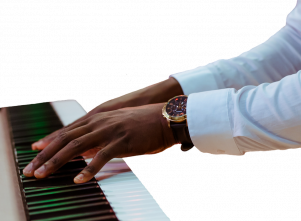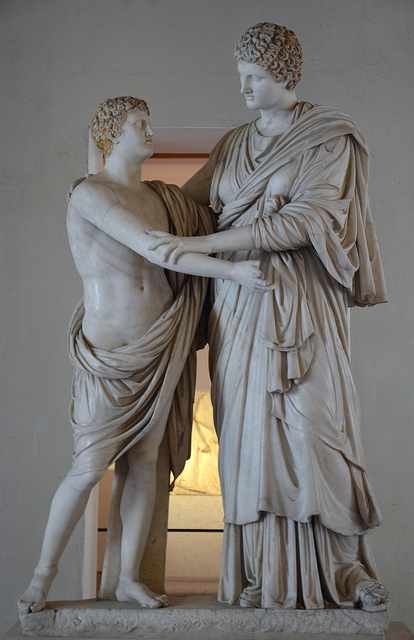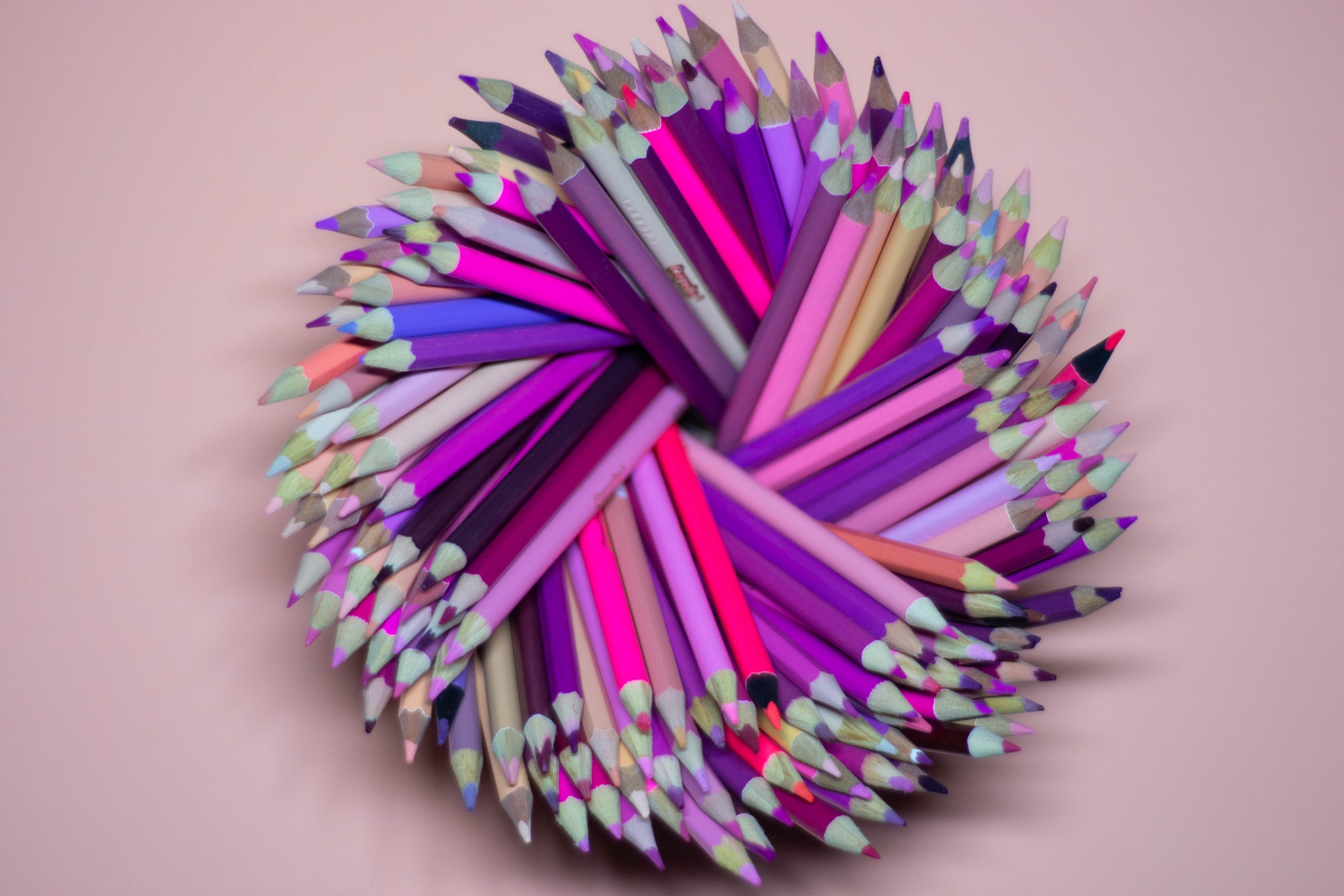Improvisation in Art and Life
Article By Natalia Lema
 According to Stephen Nachmanovitch, an American improvisational violinist, improvisation can be used as a tool to aid creativity, which will lead us into a joyful journey. Bach and Mozart were great examples of this approach and were highly imaginative improvisers.
According to Stephen Nachmanovitch, an American improvisational violinist, improvisation can be used as a tool to aid creativity, which will lead us into a joyful journey. Bach and Mozart were great examples of this approach and were highly imaginative improvisers.
The word ‘improvisation’ implies, on the one hand, an absence of preparation. But it also means spontaneity. Although to be spontaneous and natural is usually easier said than done, it is only in this way that one can unblock barriers and enter the “flow”. But maybe we have memories of those poems we were asked to write at school when we felt no inspiration; those paintings we attempted to make long ago but which were not well received by others; those instruments we have explored but didn’t manage to master their technique… the list could be endless. Nachmanovitch reminds us how we can open a door of exploration by the use of improvisation, where there is not just one ‘perfect’ way but a variety of ways according to each of us. He describes it in the following words: “The heart of improvisation is the free play of consciousness as it draws, writes, paints, and plays with raw material emerging from the unconscious.”
It is a question of activating elements such as playfulness, love, risk, courage, concentration and more, which are all necessary if we want to realize our inner resources. The inspiration that is needed to channel a higher archetype of beauty is not only about how well we have mastered a technique but also about discovering our true voice and bringing it to the surface. Sometimes, breakthrough experiences, when we overcome fear, become a source for spontaneous creation and allow us to connect with boundless creative energies that enable us to express what is within us.
An interesting way of looking at improvisation is to realise that when we use words to communicate with others we are improvising, because we don’t (generally) rehearse them earlier. The situation becomes more complex when we refer to artistic expressions such as poetry, music, painting or dance, where the artist has to find the right means to channel the subtle notions of truth or beauty he or she discovers. But although there are different levels of artistic skill and inspiration, we can all become more open to life as a creative experience that involves venturing into new territories and not staying in our comfort zone. Although there has been only one Michelangelo in history, his theory of sculpting can be made accessible to all by making us aware of the sort of eyes and contemplative attitude one needs to develop in order to see what has to be removed from the stone to make a sculpture. Many well-known artists have managed to unlock their potential. Let us not forget that this potential lies dormant within all of us and we can use improvisation to awaken our creativity.
Recently we organized an event for World Philosophy Day outside the National Gallery. One of the questions we asked during our ‘happening’ on the theme of Philosophy and Art was ‘Can anyone be an artist?’ And an interesting reply we received (from a cabinetmaker and furniture designer) was, “Of course! Because everyone has within them the two hemispheres of the brain – the logical (related with technique) and the intuitive (related with inspiration).”
Image Credits: By Alexas_Fotos | Pixabay | CC0
The entity posting this article assumes the responsibility that images used in this article have the requisite permissionsImage References
By Alexas_Fotos | Pixabay | CC0
Permissions required for the publishing of this article have been obtained




What do you think?